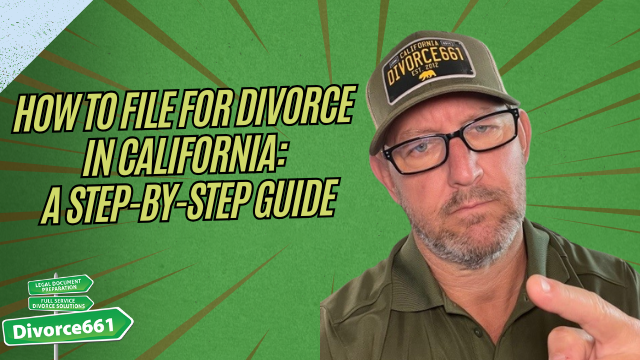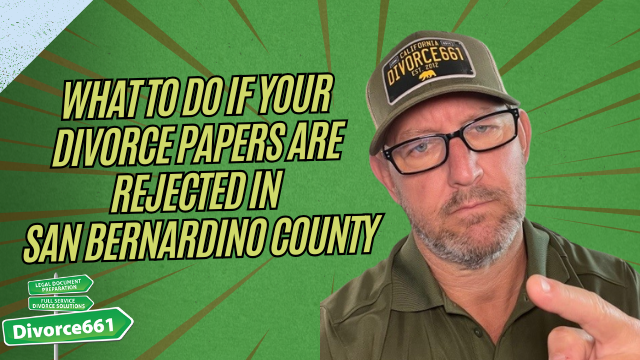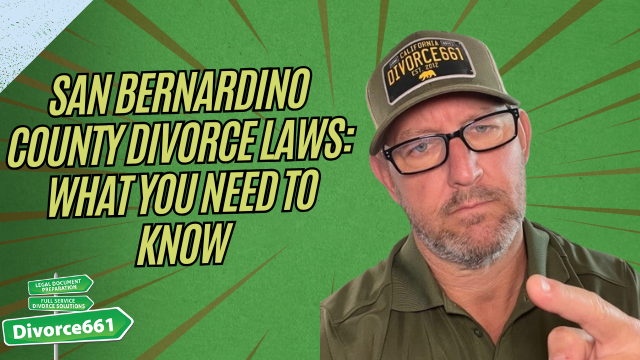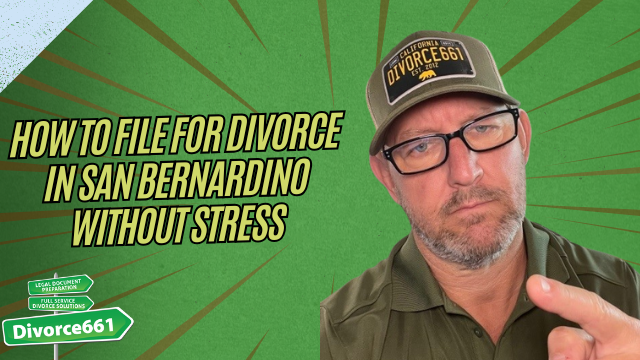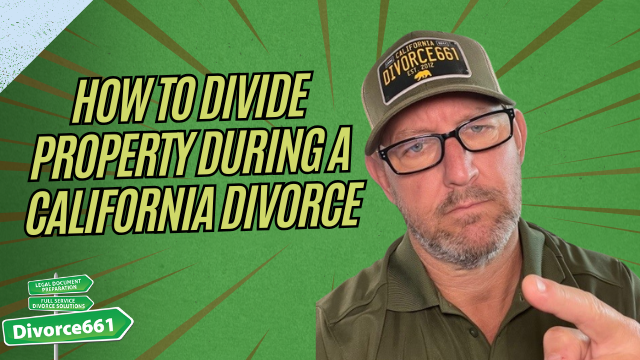How to Get an Uncontested Divorce in California
Introduction
Hi, I’m Tim Blankenship with Divorce661. If you and your spouse agree on all the important issues—property division, support, and custody—you may qualify for an uncontested divorce in California. This is often the simplest, fastest, and most affordable way to end your marriage without stepping into a courtroom. In this post I’ll walk you through the process, explain the required steps, and share how we help couples finalize an uncontested divorce quickly and correctly.
Who Qualifies for an Uncontested Divorce?
An uncontested divorce is appropriate when both spouses agree on all material terms of the divorce. That includes:
- Division of community and separate property
- Spousal support (if any)
- Child custody, visitation, and child support (if applicable)
If there are unresolved disputes or one spouse refuses to cooperate, the case may become contested and require additional court proceedings.
Step-by-Step: How an Uncontested Divorce Works
- File the initial paperwork.One spouse files the petition and summons with the court. If you have children, you’ll also include the child custody jurisdiction form (commonly referred to as the UCCJEA).
- Serve the other spouse.The filed papers must be legally served on the other spouse. If your spouse is cooperative, service can often be completed by mail using a Notice and Acknowledgement of Receipt. If not, personal service (hand-delivery by a third party) is required.
- Exchange financial disclosures.This step is mandatory even if you are in full agreement. Both parties complete and exchange required financial documents so the court can ensure both sides are informed of assets, debts, income, and expenses.
- Create and sign a Marital Settlement Agreement.This written agreement outlines all terms of your divorce—how property is divided, any spousal or child support, custody arrangements, and other relevant matters. Once both spouses sign, this becomes the roadmap for your divorce judgment.
- Prepare and submit the judgment package.We prepare the final judgment package and submit it to the court for review. If everything is completed correctly, the court will often approve the case without hearings or court appearances.
Why Financial Disclosures Matter
Financial disclosures are required by California law. Even when couples are amicable and agree on terms, the court needs to verify that both parties have accurate information about assets, debts, income, and expenses. Exchanging these documents protects both parties and helps the judge review and approve the settlement with confidence.
Common Service Methods
- Mail service with a Notice and Acknowledgement of Receipt (if the other spouse cooperates)
- Personal service by a third party (required when mail service is not an option)
Using the correct method of service is critical—incorrect service can delay your case or cause the court to reject paperwork.
Real Client Story: From Rejection to Quick Approval
“Their paperwork kept getting rejected. We took over, completed everything accurately, and had their judgment approved within a few weeks. They never had to step foot in a courtroom.”
We recently helped a California couple who tried to file on their own. Their initial filings were repeatedly rejected due to mistakes and incomplete forms. Once we took over, we corrected the paperwork, ensured proper service, completed the disclosures, and submitted the judgment package. The court approved the judgment in a matter of weeks without any hearings.
Why Work With Divorce661?
At Divorce661 we specialize in uncontested divorces across California. Our service is designed for couples who want a fast, affordable, and low-stress divorce without court appearances. Key benefits:
- Flat-fee uncontested divorce services
- We handle filing, service coordination, financial disclosures, and the judgment package
- 100% remote process—no need to appear in court for most cases
- Experienced support to avoid common mistakes that cause delays
Tips to Keep Your Uncontested Divorce Smooth
- Be clear and specific in your Marital Settlement Agreement—vague terms lead to future disputes.
- Complete and exchange financial disclosures early to prevent delays.
- Confirm correct service method before filing to avoid rejected paperwork.
- If you have children, include the required custody jurisdiction form and address custody/support in writing.
Conclusion
An uncontested divorce can save time, money, and stress when both spouses are in agreement. By following the proper steps—filing, correct service, mandatory financial disclosures, a signed Marital Settlement Agreement, and a complete judgment package—you can often finalize your divorce without court appearances.
If you and your spouse are ready to move forward and want help getting it done efficiently and correctly, visit Divorce661.com to schedule a free consultation. We’ll guide you through every step and help you finalize your divorce quickly and affo
rdably.


